A lil’ illustrated essay by Nina Paley – keep reading
I. VACUUMS
I hear this a lot:
MICHAELANGELO WAS A GENIUS! A singular auteur! Wholly original!
How peculiar, then, that his works showed up in Europe in the 16th Century,
rather than ancient Egypt or Sumeria or Persia, or in the Lascaux Caves.
How “original” was Michaelangelo? He used the language and techniques of his time. He carried ideas passed to him by his neighbors. He didn’t create in a vacuum.
II. GATEKEEPERS
Under our glorious commercial content system, here’s how a gatekeeper (media executive) responds to an even slightly “original” idea:
What voices, what geniuses, have been lost in the 20th Century thanks to this system?
In the conventional media business, artists compete for money and the attention of the executives who control production and distribution. Thus, artists cater to executives. Executives are their audience. Works that please a handful of executives get funded and are what we get to see. If something’s on TV, it’s because some TV executive liked it, not because you liked it.
Free Content also competes for audiences, and the competition is fierce. Luckily even small “niche” audiences (and individuals) can support works, so there’s a lot more room for quirky, visionary art. In contrast, Big Media executives seek the broadest range possible, the lowest common denominator. Most importantly, Free Cultural works compete for your attention, not executives’ attention.
The gatekeepers are still there, but Free Content goes around them.
III. WHAT IS ORIGINAL?
Nothing is original. For a work to have meaning, it must use language – it must “make sense.” It needs to work with memes already living in the host mind: language, images, melodies, patterns. It can’t be wholly original. It can hardly be original at all.
There are 7 billion humans on earth. Most of them look familiar, because humans are mostly the same – unoriginal copies – otherwise we wouldn’t be human. A human with a spiral shell and slimy, slug-like body would, by human standards, be quite original. They also wouldn’t be human.
IV. OBVIOUSNESS
In Impro – one of my favorite books, please read it – Keith Johnstone writes that when improvisers try to be original, they fail. “Don’t be original; be obvious.” When you state the obvious, you actually seem original. Paradoxical, eh? Likewise, the more specific the feelings, experiences, stories – the more universal they appear.
The trick is, what’s completely obvious to you isn’t obvious to anyone else. Many people can tell exactly the same story about exactly the same event, but if each speaks from their authentic point of view, each story will seem “original.”
For example, audiences see completely different movies while watching my film, Sita Sings the Blues. Hindu fundamentalists see Hindu-hating desecration. Christian fundamentalists see the “Hindu Word” spread where they think the “Christian Word” should be.
Perception is creative. Not purposely, consciously creative – we don’t ask people to be “original” while perceiving – but in fact most originality lies in perception. We’re not aware of exactly what makes us unique, but we know that 2 objects can’t occupy the same space at the same time. That means no two people, no two minds, have the exact same point of view (nor the same history).
Ever had an argument? What’s obvious to you is not obvious to your opponent, making your argument seem “original.” Or “stupid.”
So many different points of view! The world is teeming with originality. Art is a miraculous transmission of a unique point of view to others. Normally people stick to their own point of view and reject others’ as stupid or crazy. But a successful work of art miraculously bridges that gap, and instead of rejecting the other, the audience accepts it – and sometimes even loves it.
The artists’ challenge is to take ideas other people say are stupid, and manifest them anyway. The more original an idea, the more people will say it is stupid, and the more the artist must overcome to love it into being anyway.
Most “original” ideas are already out there, being scorned. Who’s going to work at manifesting an idea others have already said is stupid? All new ideas are rejected initially. Artists merely champion those lost, downtrodden little memes nobody else loves.
Maybe an artist gives a home to a meme everyone else is turning away. They feed and nurture it. It arrives in their mind as a spore from the commons (the “zeitgeist”); they don’t actually originate it. The idea is in “the ether,” but most minds reject it, can’t feed it, or don’t offer it fertile soil in which to take root. For whatever reason, the artist does. They allow it to fruit and release seeds – art. And then they are praised as “original.”
BEFORE:
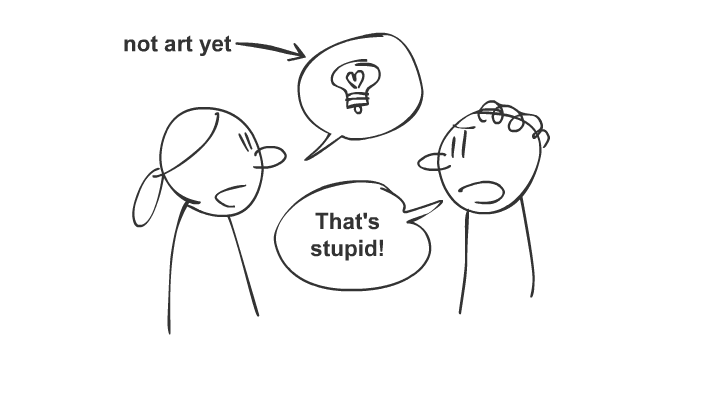
AFTER:
So, what’s original?
We can’t know what’s original. We can only know what’s honest.
V. HONESTY
In my case, if something seems obvious and true, but I don’t see it reflected outside myself, then I try to manifest it. If I find myself arguing a lot, getting angry and angering others while simply telling the obvious truth, then I suspect whatever idea I’m speaking for would be better expressed in art. My most successful, “original” artworks were all ideas I’d discussed with others ad nauseum (the other parties’ nauseum, since they couldn’t see what I saw and rejected the concepts in conversation). Yet no matter how much others insisted said ideas were stupid, or crazy, or not worth thinking about, the ideas continued to press themselves on me as true. I wouldn’t need to give them a voice if I could hear them outside myself.
My ideas on Free Culture are not original, they’re just not popular – yet. They’re “in the ether” right now, and I’m articulating them because someone needs to.
Many have tried to argue me out of these ideas, describing a reality unlike the one I actually observe. I want to fit in; I want to live on the same planet as everyone else. But some truths don’t go away no matter how much others tell me they don’t exist.
I write this not to be “original,” but to share what I perceive as true. I share an idea because I am lonely. The less my reality is reflected back to me, the lonelier I become. I want to find “my people,” people who can see what I see, who know what I know. Because the arguing gets tiring. And it turns out that many who argue with me do see what I see and know what I know – they just aren’t aware of it yet.
Art gives others a chance to see that reality reflected back at them, and if they recognize it – if it reflects what they already know – they will love it. When art really succeeds, it merely expresses what we already know, but didn’t know we knew. Art gives language to thoughts we share. Once it’s language, it can spread and grow and be built on. Art is useful to ideas. It embodies them – gives them bodies, legs to walk around on their own.
EPILOGUE
How important is it to say something no one’s ever said before? Not very. The most important human communications are the oldest and least original. Some things have to be said over and over again; we never tire of them, because we never fully learn them. I think every human message boils down to one, that can’t be said enough: I love you.
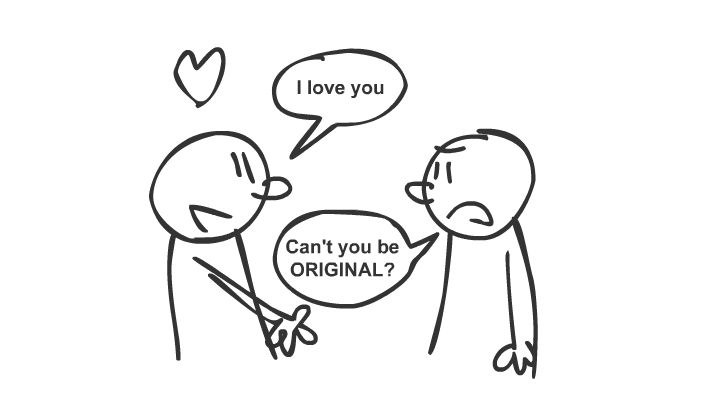
That’s why people go to museums and cinemas and theaters and concert halls, churches and temples and ashrams and mosques and 12-step meetings. We need to hear it, over and over again. If we’re lucky, for a few seconds or even a fraction of a second we “get” it. Then maybe we’ll repeat it to others. But very quickly we forget it and need to hear it again.
We don’t care if it’s “original.” We just want it to be sincere.

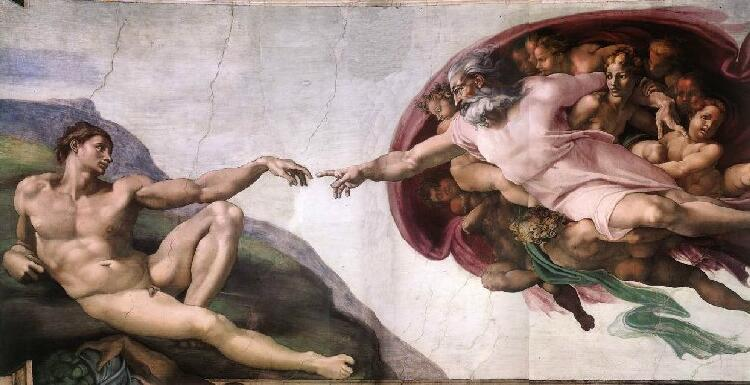
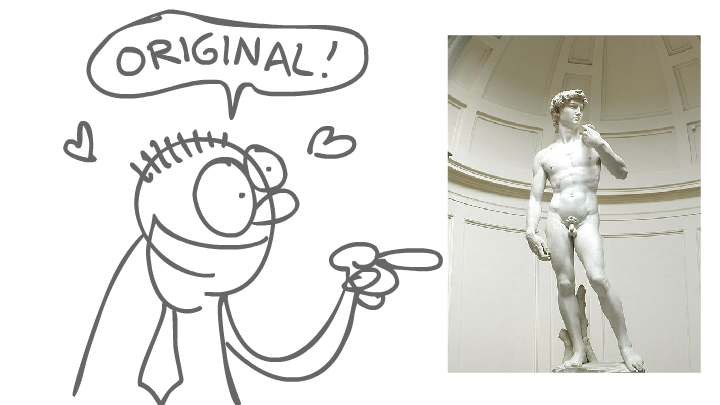
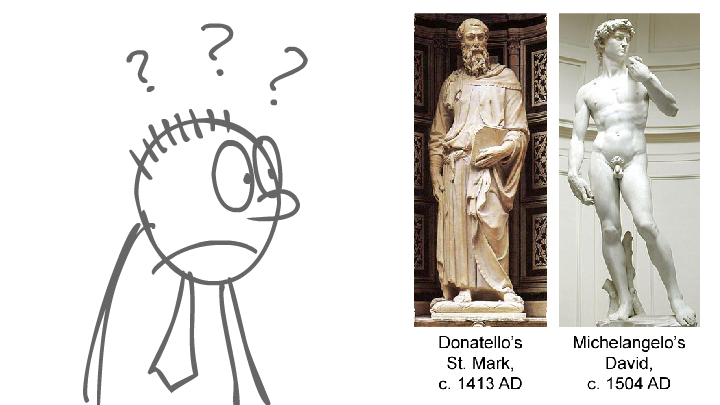
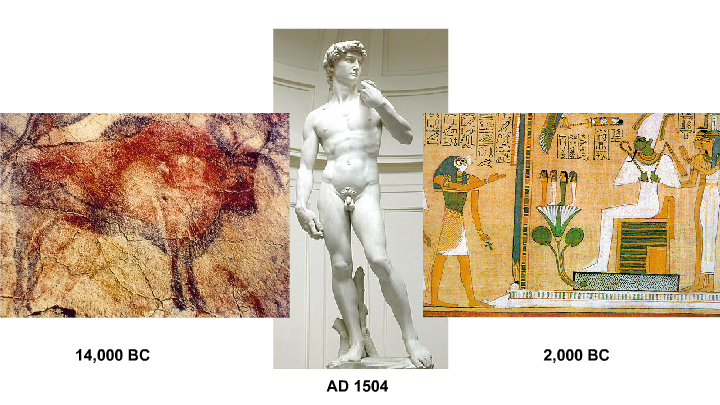
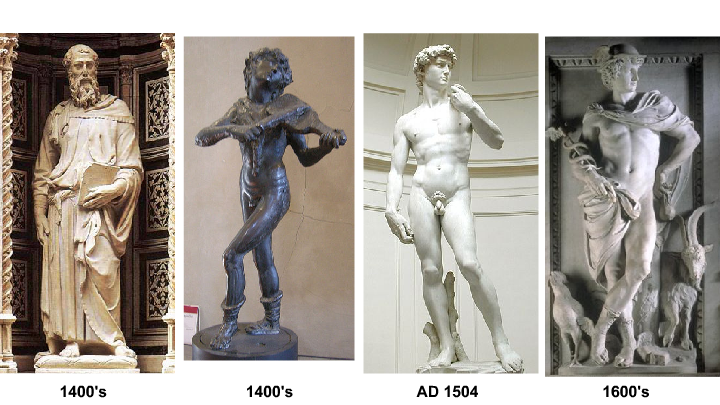
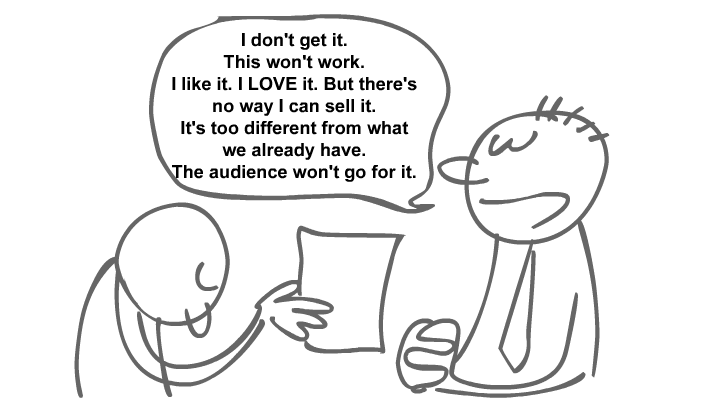
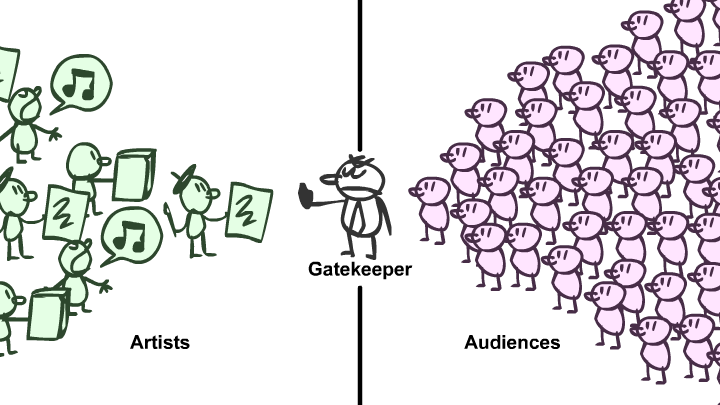
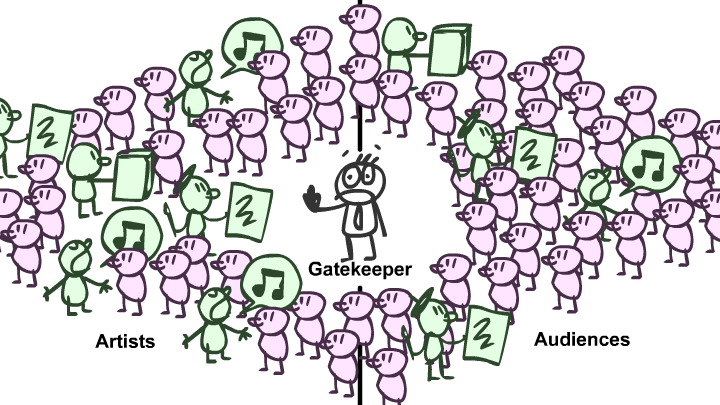
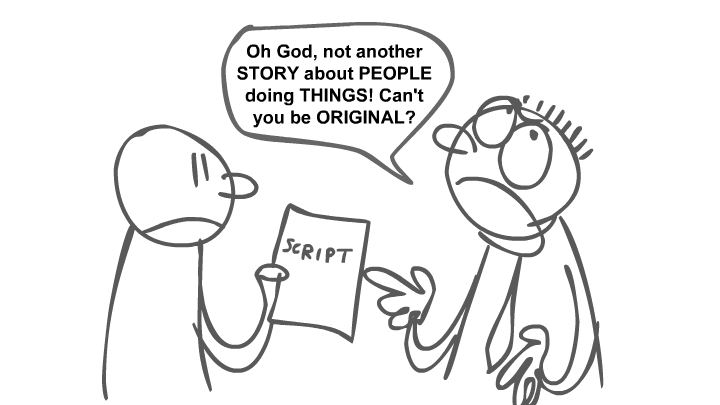
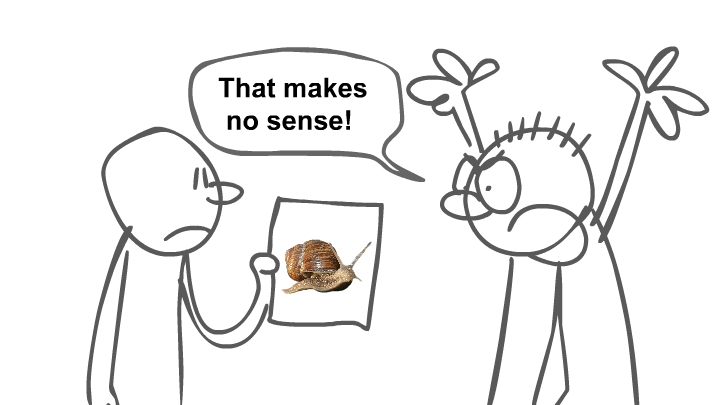
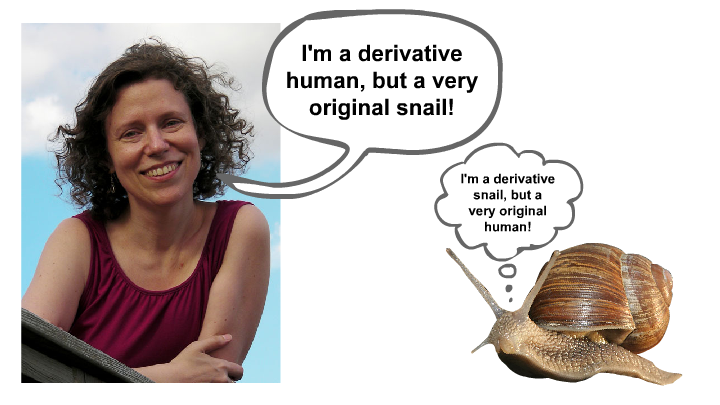
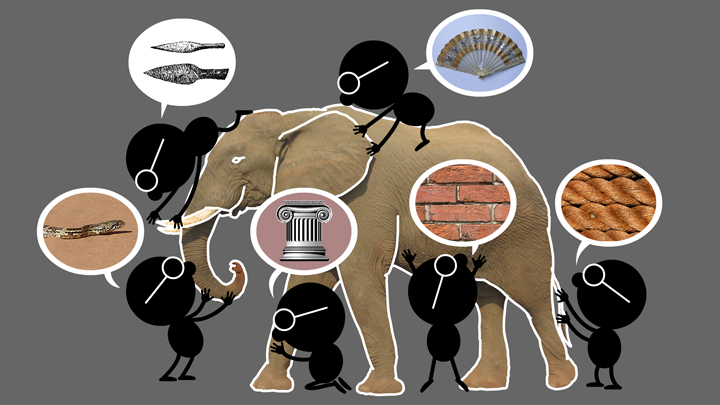
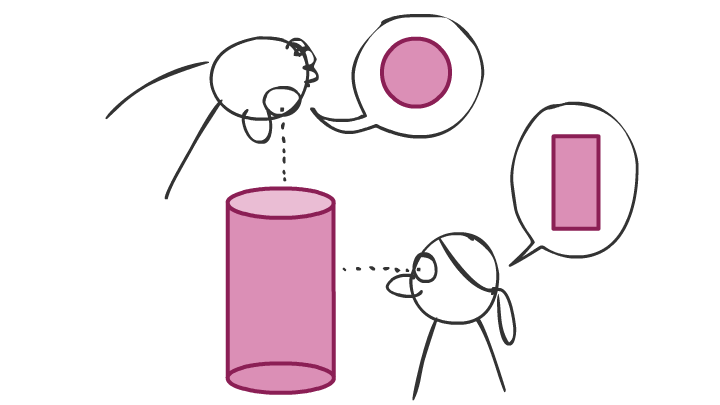
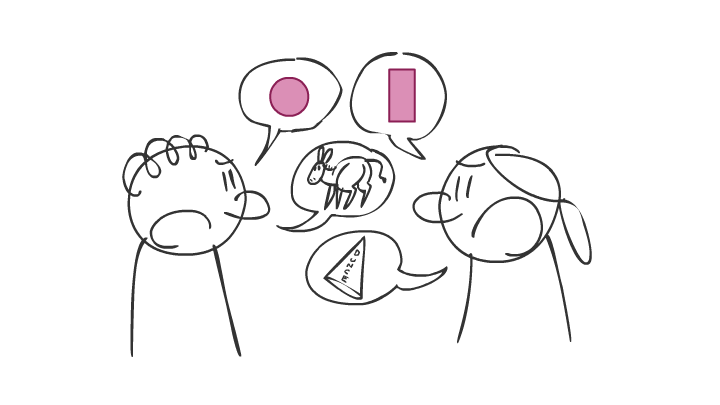
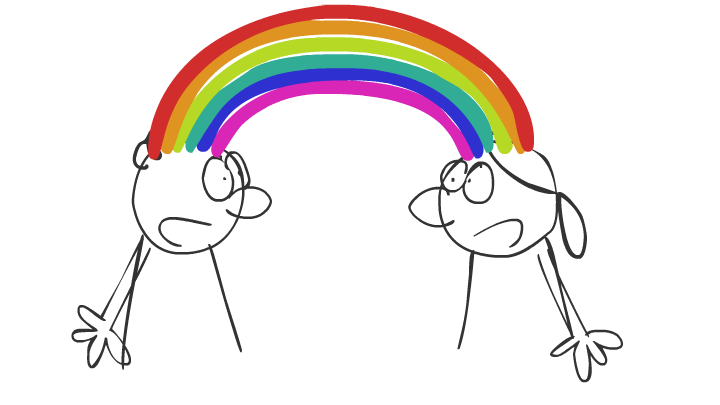
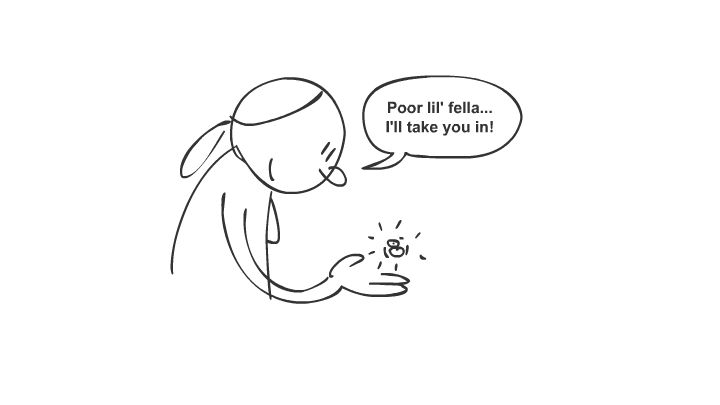
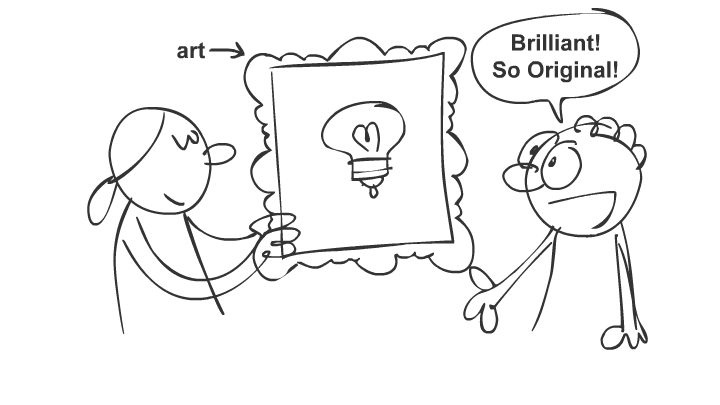
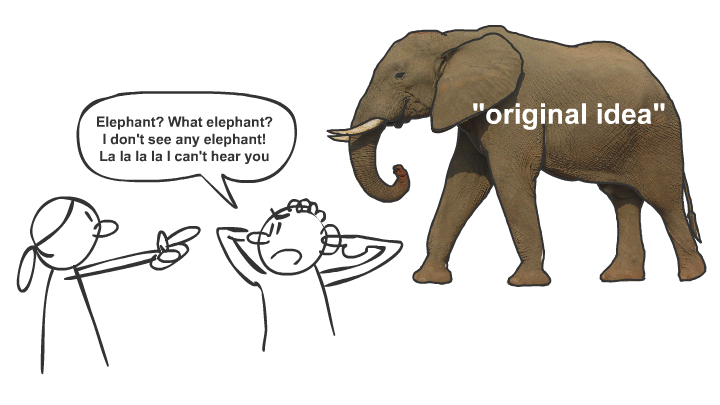

This was a Fantastic read!
Hi there. I wondered if there was copyright for your blind man and elephant image? I am doing my doctorate and would like to use the image in my material to discuss complexity. I look forward to hearing from you. Regards, Janine, NZ
Great essay! I passed it along to my daughter, 13, who is really into the idea that “there is no new thing under the sun” concept. She really likes Sita Sings the Blues too!
Very interesting statement. Will need to hear it again, and again 🙂
Do you know who created the 1400’s sculpture ?
Wonderfully explained. This and “Everything is a remix” series need to be heard by anyone fighting the thought their work isn’t original enough.
“The less my reality is reflected back to me, the lonelier I become. I want to find “my people,†people who can see what I see, who know what I know.”
Heavy stuff, this really resonated with me. Awesome article!
Heard it all before
I love the art you create, and I love the way you create them.
What I especially love is the way in which you’ve made your major motion pictures, “Sita Sings the Blues” and “Seder Masochist.” They are audio-visual collages, the way you use different animation styles with different forms of audio. I love the use of both popular and less-known songs/artists on the part of audio, along with spoken narratives and interviews. I love the use of different animation and even stop-animation which gives the whole feel of your movies a visual “patchwork” effect.
What you build your audio-visual collages out of are “premade” but the way you piece them together is what makes it sincere, and since what you have to offer can only come from you, it is original in its sincerity.
Love the art. Love the artist!